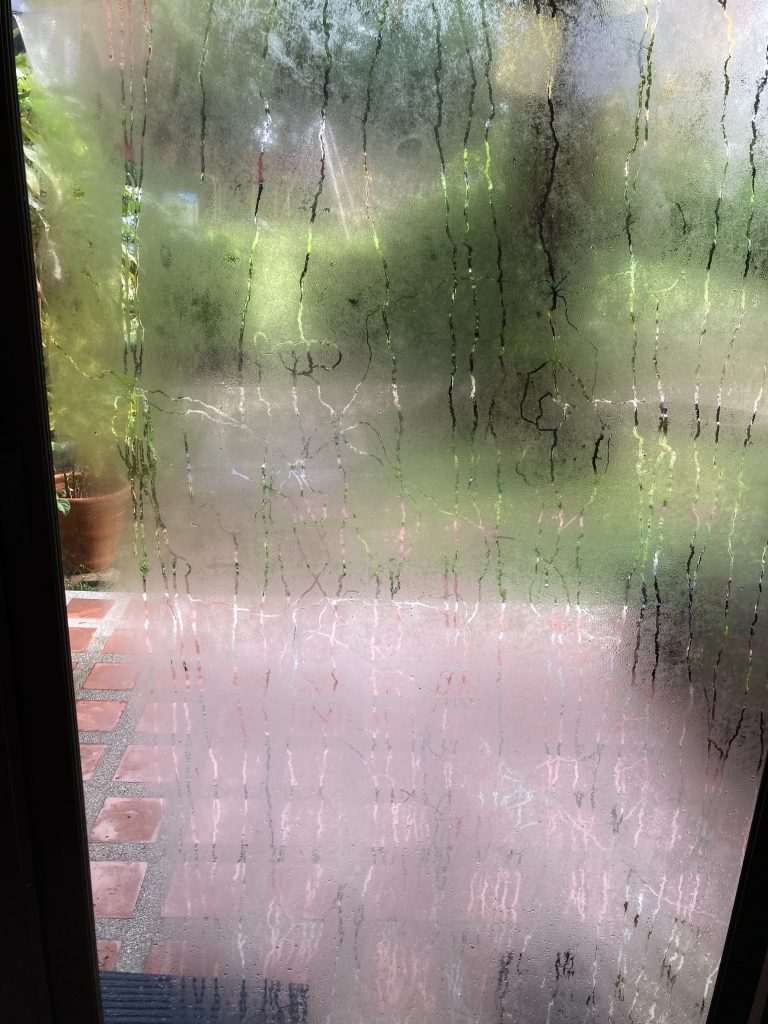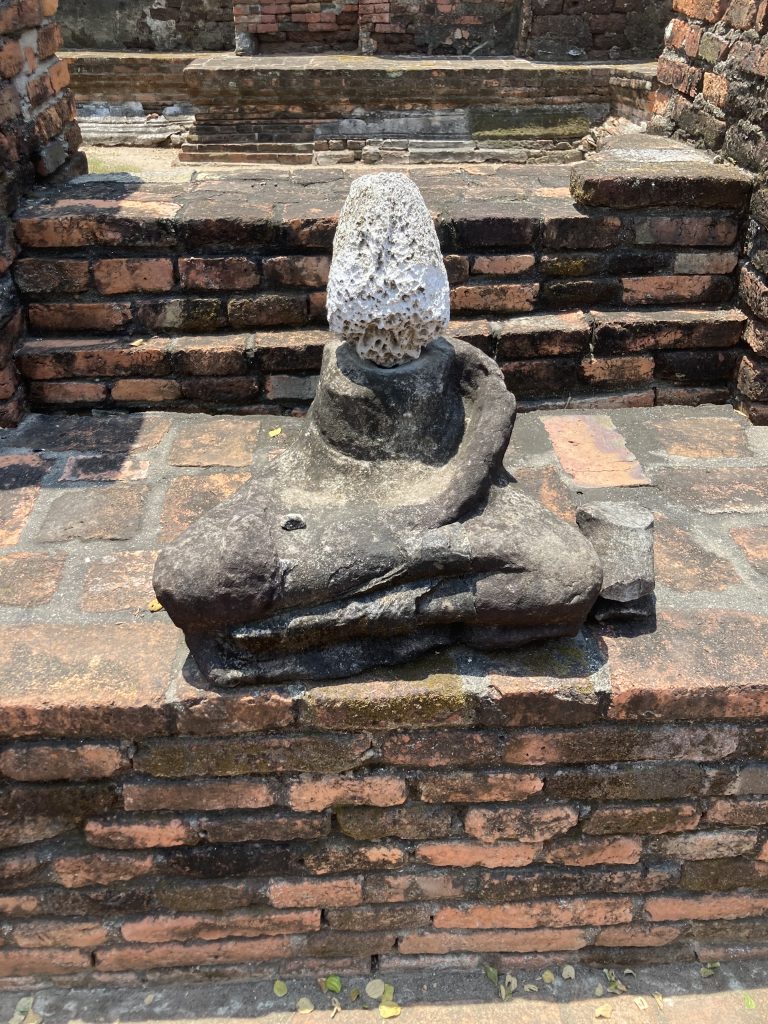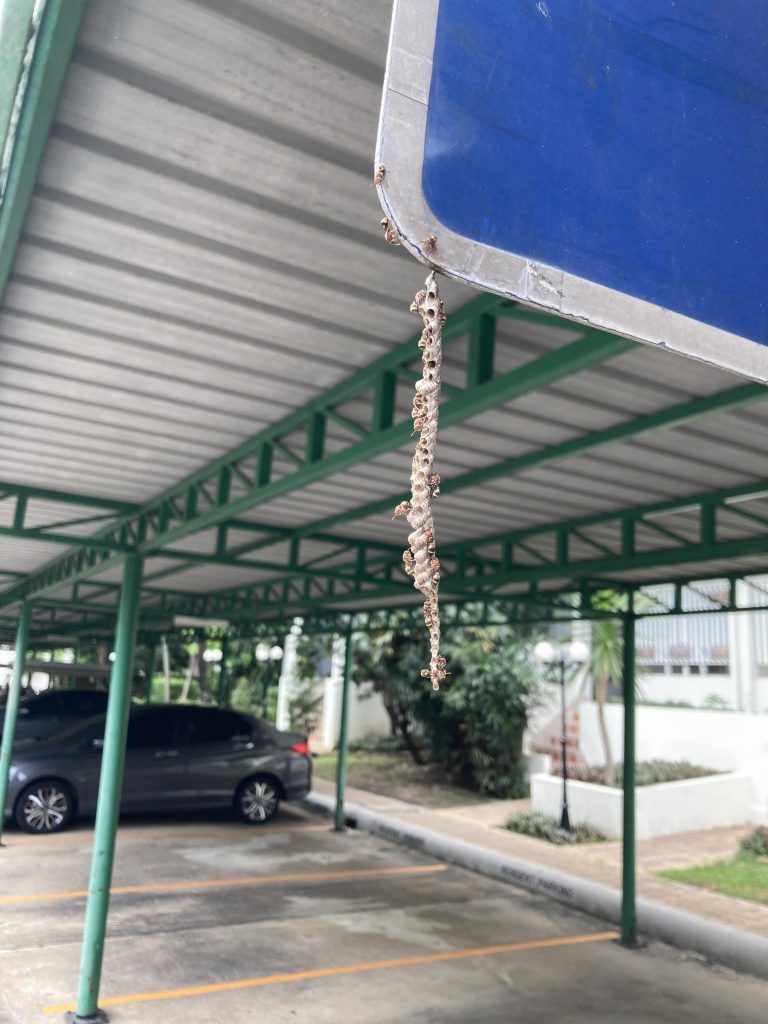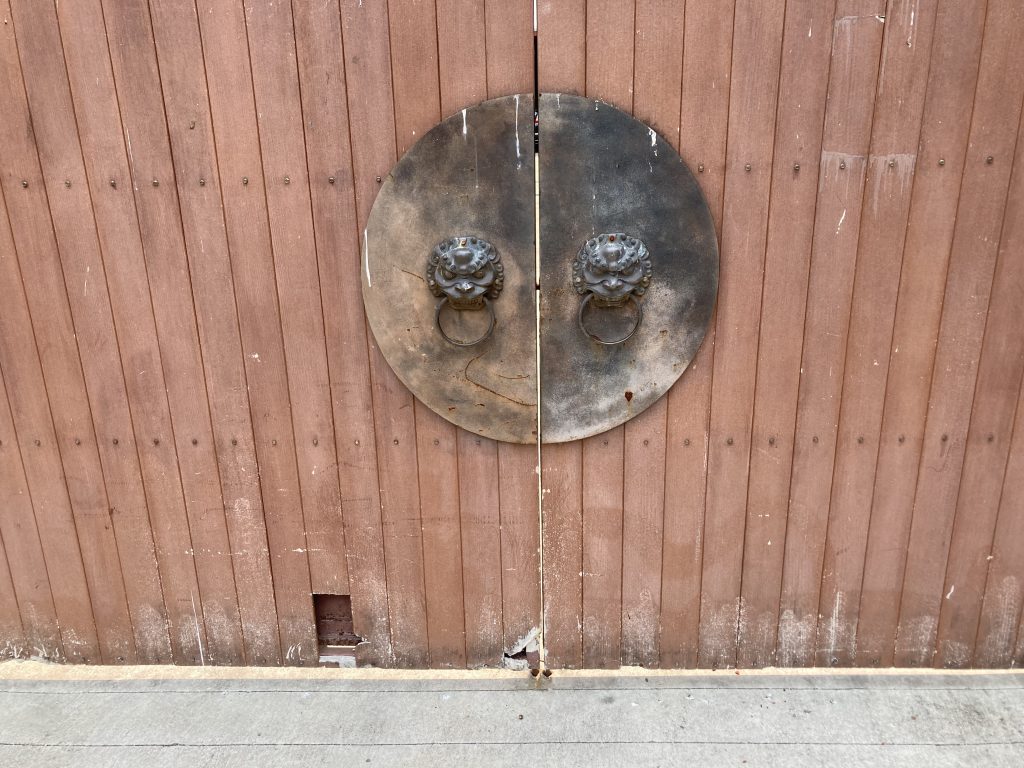Law and Lawlessness
At its largest, ‘The Lawless Square’ of Eastern Mississippi was not at all unlike ‘The OSHA Violation Grounds.’ It was exactly what it claimed to be: a city block’s worth of land on which no federal or state laws were enforced. This is not to say they couldn’t be enforced- that would be in violation of the spirit of the thing. Any large enough militia could, theoretically, have taken control of ‘The Lawless Square’ and imposed laws upon the place, but only up to a time when an opposing militia might arrive with better weaponry and a new flavor of justice. In that regard, ‘The Lawless Square’ has never been all that different than any other place, really.
These days it’s all but impossible for a militia to hold ‘The Lawless Square,’ not for stricter rules, but for tighter borders. ‘The Square’ has been whittled away over the years and is now really more of a lawless circle, just two feet in diameter. So, while a particularly determined militia once stood five of its members on each others shoulders in an attempt to hold the place, all it took was one, entirely lawless push before the regime crumbled, both literally and figuratively, firing their entirely illegal automatic rifles all the way down and injuring a number of bystanders in the lawful zone before landing in Mississippi proper where they were promptly arrested for crimes they had only begun to commit during the fall.
‘The Lawless Square’ is no longer big enough to commit murders in. It’s not so convenient a spot for grand theft auto or any sort of heist-like scheme. ‘The Lawless Square’ is really only a place to do drugs now, really only a place where a single person can do just enough drugs that they retain the wherewithal to stand within the rough circle long enough that all traces of the illegal substance have left their system.
Police are known to gather nearby, hoping to nab people from their place in line rather than wait for the current resident of ‘The Lawless Square’ to cross the boundary back to lawfulness. For all the arrests that take place around ‘The Square,’ the area is technically the most crime ridden place in the country. Considering the constraints involved, ‘The Lawless Square’ itself is one of the safest places in America to be.’
With no crimes high on my list to commit, I don’t plan on waiting in line for a turn in ‘The Lawless Square,’ but when Hector and I arrive we find it empty. I cross-reference the coordinates with Autumn by the Wayside and with several others sources online, having heard rumors that sly officers will sometimes construct false lawless squares where, in reality, laws are completely enforceable. The location comes back as genuine and, in addition, I discover that autumn tends to be slow season for crime-committing in the area. A happy circumstance.
Cautiously, then, Hector and I step into bounds of ‘The Lawless Square’ and, for just a moment, I feel the weight lifted- I feel the sheer breadth of opportunity gaping out around me, begging me to act. I dig into my pack, trying to think of some small crime to commit to make it worth my while, but come away empty handed. We stand for a moment longer and step back out into the world.
-traveler





